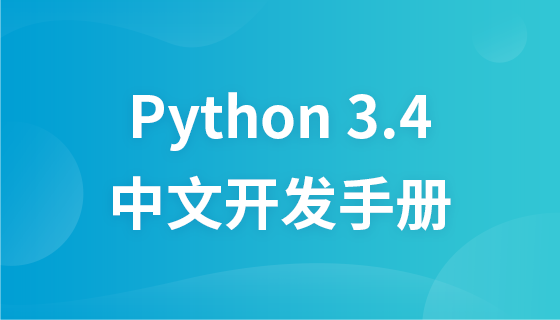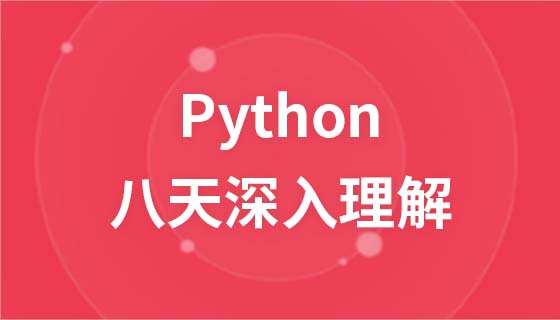本文介绍了python的字符串编程,我们已经讲过了,字符串也是一种数据类型,但是,字符串比较特殊的是还有一个编码问题。
因为计算机只能处理数字,如果要处理文本,就必须先把文本转换为数字才能处理。最早的计算机在设计时采用8个比特(bit)作为一个字节(byte),所以,一个字节能表示的最大的整数就是255(二进制11111111=十进制255),如果要表示更大的整数,就必须用更多的字节。比如两个字节可以表示的最大整数是65535,4个字节可以表示的最大整数是4294967295。
由于计算机是美国人发明的,因此,最早只有127个字符被编码到计算机里,也就是大小写英文字母、数字和一些符号,这个编码表被称为ASCII编码,比如大写字母A的编码是65,小写字母z的编码是122。
但是要处理中文显然一个字节是不够的,至少需要两个字节,而且还不能和ASCII编码冲突,所以,中国制定了GB2312编码,用来把中文编进去。
你可以想得到的是,全世界有上百种语言,日本把日文编到Shift_JIS里,韩国把韩文编到Euc-kr里,各国有各国的标准,就会不可避免地出现冲突,结果就是,在多语言混合的文本中,显示出来会有乱码。
立即学习“Python免费学习笔记(深入)”;
因此,Unicode应运而生。Unicode把所有语言都统一到一套编码里,这样就不会再有乱码问题了。
Unicode标准也在不断发展,但最常用的是用两个字节表示一个字符(如果要用到非常偏僻的字符,就需要4个字节)。现代操作系统和大多数编程语言都直接支持Unicode。
现在,捋一捋ASCII编码和Unicode编码的区别:ASCII编码是1个字节,而Unicode编码通常是2个字节。
字母A用ASCII编码是十进制的65,二进制的01000001;
字符0用ASCII编码是十进制的48,二进制的00110000,注意字符'0'和整数0是不同的;
汉字中已经超出了ASCII编码的范围,用Unicode编码是十进制的20013,二进制的01001110 00101101。
你可以猜测,如果把ASCII编码的A用Unicode编码,只需要在前面补0就可以,因此,A的Unicode编码是00000000 01000001。
新的问题又出现了:如果统一成Unicode编码,乱码问题从此消失了。但是,如果你写的文本基本上全部是英文的话,用Unicode编码比ASCII编码需要多一倍的存储空间,在存储和传输上就十分不划算。
所以,本着节约的精神,又出现了把Unicode编码转化为“可变长编码”的UTF-8编码。UTF-8编码把一个Unicode字符根据不同的数字大小编码成1-6个字节,常用的英文字母被编码成1个字节,汉字通常是3个字节,只有很生僻的字符才会被编码成4-6个字节。如果你要传输的文本包含大量英文字符,用UTF-8编码就能节省空间:

所以你看到很多网页的源码上会有类似的信息,表示该网页正是用的UTF-8编码。
以上就是简单介绍Python编程中的字符串编码问题的详细内容,更多请关注php中文网其它相关文章!

每个人都需要一台速度更快、更稳定的 PC。随着时间的推移,垃圾文件、旧注册表数据和不必要的后台进程会占用资源并降低性能。幸运的是,许多工具可以让 Windows 保持平稳运行。




Copyright 2014-2025 //m.sbmmt.com/ All Rights Reserved | php.cn | 湘ICP备2023035733号